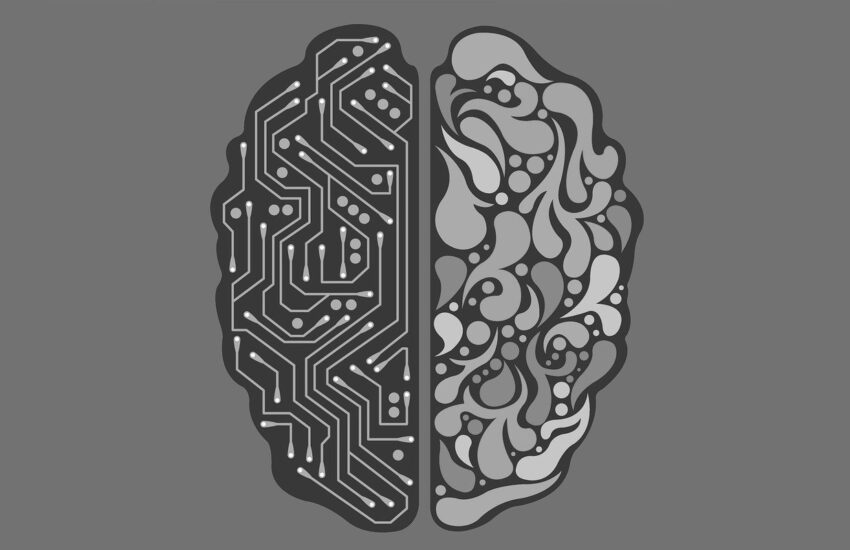In recent months, there has been a lot of talk about the effects of the technology developed by OpenAI, which led to the creation of ChatGPT-4. The tremendous success of this project has opened the eyes of many proponents of the development of artificial intelligence, that it can threaten many social processes, impersonate real people and create artificial, media entities that change the functioning of societies and even groups of the state.
Since this is such a promising technology, I have long wondered whether it can be used to build am artificial manager. To answer the question of whether this is possible, one must first understand how ChatGTP version 4 works.
Let’s first look at a histogram of the development of this technology, which Guodong (Troy) Zhao posted in his article entitled How ChatGPT really works, explained for non-technical people. You can find it here:
In 2016, a company called OpenAI was founded, with Elon Musk as one of its founders. At first, it dealt with other solutions in artificial intelligence, but in 2018 it developed the first version of GTP technology. It was based on language models and NLP (natural language processing). The NLP approach added a random element to the typical language models, based on the probability of words in a sentence. Incidentally, we have two main such models, involving the completion of the next word in a sentence (next-token-prediction) and a missing word in a certain sequence of words (masked language modeling). So, thanks to NLP, sentences could be more “human”, full of synonyms and random words.
GPT (generative pre-trained transformer) technology assumed that the model must “understand” the context of the situation through two attention (attention) mechanisms, which still takes into account the similarity of words and their interchangeability. How did this work? The sentence generation mechanism was “fed” with the content of 7,000 unpublished books. The first ChatGPT itself “read” these books and tried to learn the rules of language use. Such a method is called “unsupervised learning,” that is, without a human teacher.
The 2019 version of GPT-2 was enhanced with millions of web pages that were “read” by the mechanism (transformer), and the language model itself contained as many as 1.5 million parameters. This was even better, especially since it still used the “unsupervised learning” method.
A year later, GPT-3 was created, at which time 175 million natural language usage parameters were used, and the mechanism was fed additionally with the entire Wikipedia. However, it turned out that if the “unsupervised learning” method, i.e. without a human teacher, was still used, the number of wrong answers in conversation with a human increased, not decreased. Therefore, the researchers came up with the idea to reduce the number of parameters to 1.3 million and at the same time, however, use “supervised learning,” that is, use humans as experts to calibrate the world picture of the language mechanism. This is how GPT-4, or ChatGPT, was created. However, it is worth noting that still GPT-3 has an advantage over ChatGPT in terms of producing longer and more creative stories (probably because it is not limited by the thinking structure of human teachers).
Thus, knowing the path of GPT technology and its meaning, one can wonder if it is possible to make a robot manager out of it. Of course, it would be very inspiring if an artificial manager could talk about any topic, was eloquent and knew more than all the company’s employees combined. Such are the features of ChatGPT. But how would such a talking head know what the manager is really doing? It would still need the ChatGPT mechanism to somehow keep track of what people managers are doing. But how is it supposed to know this from thousands of books, millions of websites or from expert people? It is not possible. That’s why we won’t build an artificial manager with ChatGPT. I will write more extensively why this is the case in my next post.

